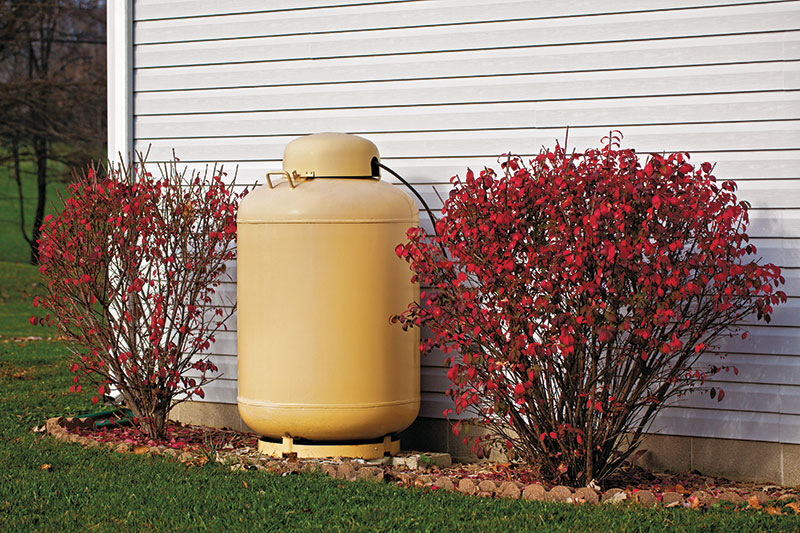Detecting leaks in the system

A leak check must be performed immediately after the gas is turned on into a new system. Photo: iStock.com/DonNichols
“There is pressure in the system, so I don’t need to perform a leak check,” the bobtail driver says.
Is he right?
According to NFPA 58, “Immediately after the gas is turned on into a new system or into a system that has been initially restored after an interruption in service, the piping system shall be checked for leakage.” The term “out of gas” is nowhere to be found.
Likewise, the Certified Employee Training Program states that an interruption in service, “is when the vapor pressure in the vapor distribution system is no longer sufficient to allow the appliance to operate.” Again, there is no mention of running out of gas.
A leak check must be performed whenever there is an interruption in service, even if the tank is not empty. In other words, “interruption of service” and “out of gas” are not interchangeable terms, though being out of gas is a cause for a propane system to experience an interruption of service.
Why is this distinction so important? In the instance above, the bobtail driver concluded he did not need to perform a leak check because there was gas pressure in the tank. His conclusion did not change, even after being told by the homeowner that his pilots had gone out and his appliances were not operating. The misunderstanding of the code had real-life catastrophic consequences. The bobtail driver did not perform a leak check. The customer’s home exploded several hours later, resulting in his death.
Despite pressure in the system and propane in the container, a propane system may still experience an interruption of service that requires a leak test to be performed before placing the system back into service.
Now that we’ve got that straightened out, let’s remember that a leak check, as the term implies, is a test for gas leakage to be performed immediately after the gas is turned on into a new system or a system that has been initially restored. After an interruption in service, the piping system must be tested for leakage.
If leakage is indicated, the gas supply must be shut off until the necessary repairs are made.
Understanding the necessity of a leak check after any interruption in service, regardless of how much fuel is in the tank, is a critical element in keeping customers safe and warm.
Stuart Flatow is vice president of safety and training at the Propane Education & Research Council. Contact him at stuart.flatow@propane.com or 202-452-8975.
NOTE: The opinions and viewpoints expressed herein are solely the author’s and should in no way be interpreted as those of LP Gas magazine or any of its staff members.
















